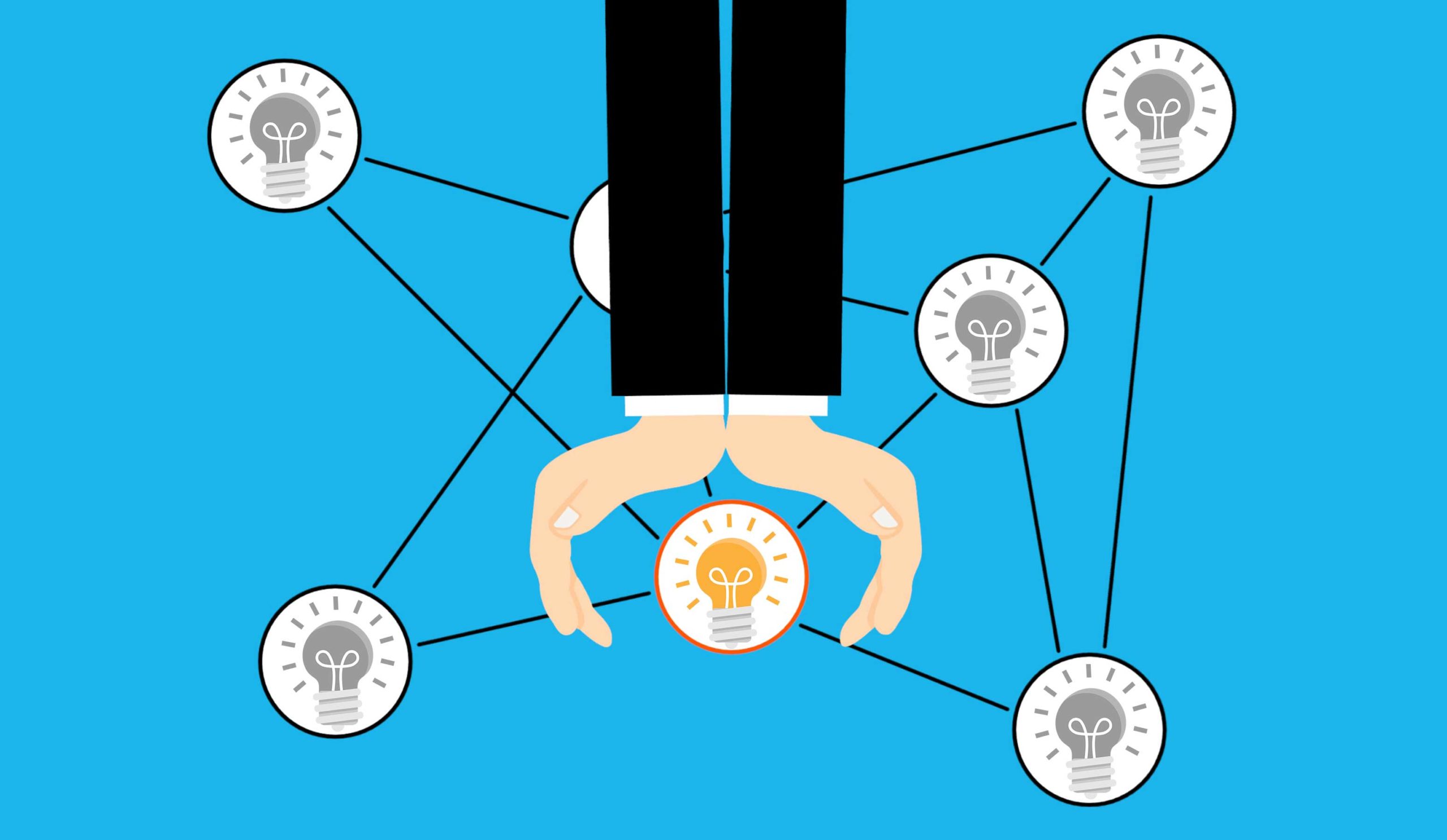The advantages of a patent include providing motivation to pursue development of a treatment or solution, help researchers to obtain funding for their research of interest whilst disadvantages include halting advances in research due to patent’s nature of exclusion and lack of interest in certain targets due to increased cost of developing a drug, e.g. neurodegenerative diseases (1).
The infamous example generally used to argue against intellectual property is that of the Polio vaccine. Jonas Salk did consider patenting his vaccine; however, the existence of prior arts predicted an obstacle in his plan and therefore, decided not to proceed with it upon his lawyers advise. In his later years, he designed an HIV vaccine which he did patent, although the vaccine failed in later stages of development (2) . Polio Eradication Initiative had successfully declared eradication of two strains in 2015 and 2019. A recent development in vaccines IP is the initiation of ‘Trade-Related Aspects of Intellectual Property Rights (TRIPS)’ by the World Trade Organisation in 2016 to protect vaccines globally, especially in developing countries. There are concerns that vaccines might not be available in certain countries due to TRIPS; however, the agreement is inclusive of public health protection articles (3).
The number of patents in the US had doubled in just over a decade (1998-2003), of which this increase is extraordinarily significant in biomedical industry (1). In 1998, Heller proposed a hypothesis called ‘biomedical anti-commons’ which predicts that no one will have the privilege to use the innovation they patented in the future despite excluding others from using it in the present, if the number of patents continue to increase. The anti-commons tragedy might occur via concurrent fragments. An example for that is demonstrated by a search that was carried out in a patents database for “adrenergic receptor” which resulted in more than a hundred patents. This could cause companies either to cancel their projects and move onto a less promising or innovative project(4). If they decide to continue that project, they could attempt to buy the rights from other companies which add further cost to the current estimated $802 million cost of developing a drug (5). Another possible route for the hypothesis is through stacking licences. Possessing an RTLA (Reach Through License Agreement) on an upstream innovation affects future downstream processes as the owners of upstream innovations in research and development would continue holding rights to whatever commercial applications may arise from their discovery downstream which creates an obstacle to future research, especially in downstream development. An example is where biomedical anti-commons was mitigated when Roche worked out a licencing deal for the use of PCR and increased its cost in response to Cetus Corporation demanding an RTLA on any commercial use of PCR (4).
It could be that pharmaceuticals would progress towards an ordered private arrangement among the industry, similarly to how other sectors had dealt with IP conflicts. However, this approach might not work if there is a conflict in interest between the parties involved such as a pharmaceutical company and a governmental agency. An example is when NIH was working towards co-ownership of azidothymidine with Burroughs-Wellcome for the treatment of HIV with the intention of reducing the cost of the drug, rather than maximising profit (4). Alternatively, it could be possible that if such hypothesis does become a reality, companies would merge with each other to benefit from the upstream patent in question since the pharmaceutical industry tends to move towards mergers and acquisitions when their patents are due to expire.
This concept of dual knowledge is further exploited, empirically, to test the anti-commons hypothesis. Researchers tend to publish their work during the years awaiting patent approval. Thus, a research paper serves as an objective interlink between pre and post patent environments. The hypothesis predicts that interest in the publication contents would decrease following being granted a patent. The group that performed the test were able to detect evidence for anti-commons effect demonstrated by 10-20% decline in citations accompanied by a significant and constant time-dependent decrease following being granted a patent (5).
Intellectual property is vital for Pharmaceutical and Biotech industries as it provides financial protection for companies and ensures their continuous interest and investment in research and development. If companies did not have IP, they would be discouraged to invest money in their R&D sectors, reduce funding on innovation and shift their focus to manufacturing and expanding existing pipelines. This in turn could a drastic halt in drug discovery and leave patients to suffer as no progress would have been made to develop improved drugs compared to existing treatments or discovering breakthroughs for diseases which we currently do not have effective treatments for, such as neurodegenerative disorders, autoimmune diseases, rare diseases and even some forms of cancer. Perhaps intellectual property could discourage scientific discovery on the short run; however, it ensures its sustainability in the long-term.
Bibliography
- J. Johnston, Intellectual Property and Biomedicine. The Hastings Center Bioethics Briefing Book for Journalists, Policymakers, and Campaigns, 93-96 (2008).
- P. M. Mazumdar, Patenting the Sun. Polio and the Salk Vaccine. Science 250, 840 (1990).
- J. B. Milstien, M. Kaddar, M. P. Kieny, The impact of globalization on vaccine development and availability. Health Aff (Millwood) 25, 1061-1069 (2006).
- M. A. Heller, R. S. Eisenberg, Can patents deter innovation? The anticommons in biomedical research. Science 280, 698-701 (1998).
- J. A. DiMasi, R. W. Hansen, H. G. Grabowski, The price of innovation: new estimates of drug development costs. J Health Econ 22, 151-185 (2003).
- F. Murray, S. Stern, Do formal intellectual property rights hinder the free flow of scientific knowledge?: An empirical test of the anti-commons hypothesis. Journal of Economic Behavior & Organization 63, 648-687 (2007).


0 Comments